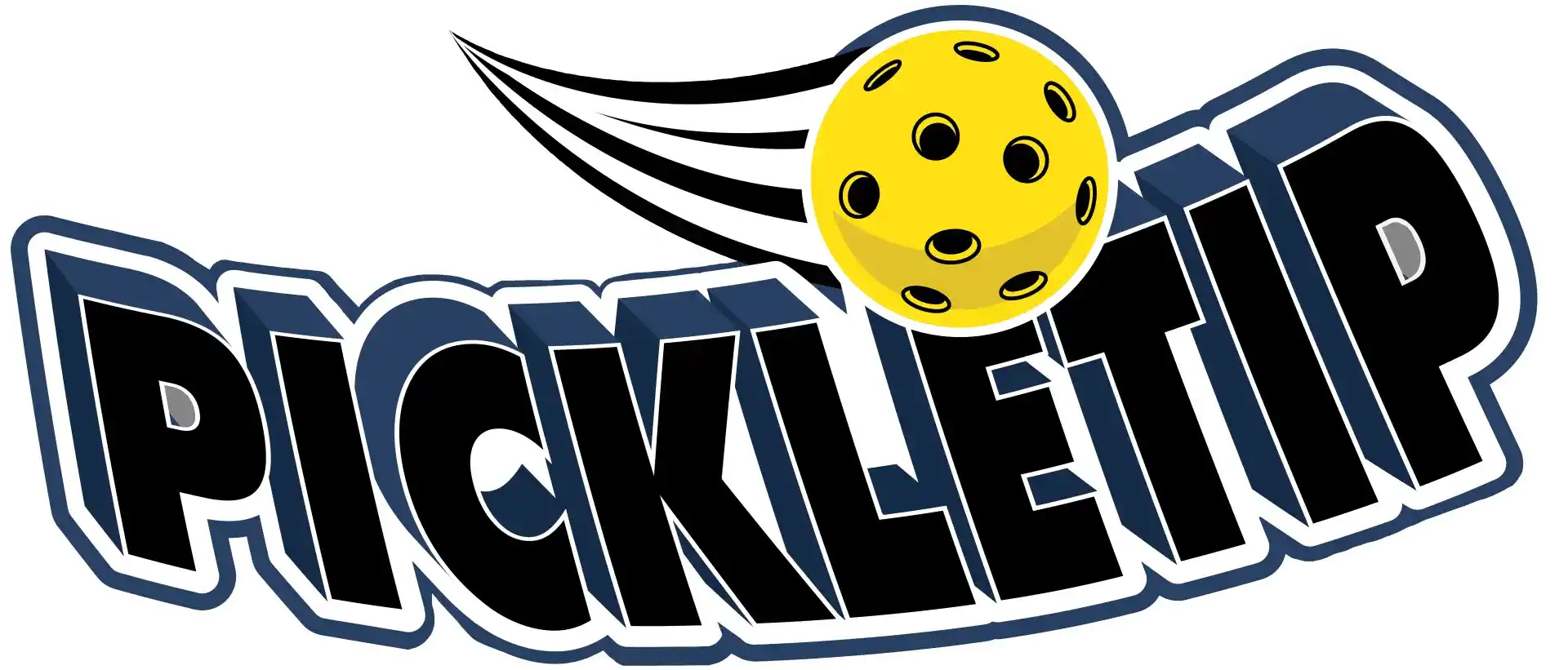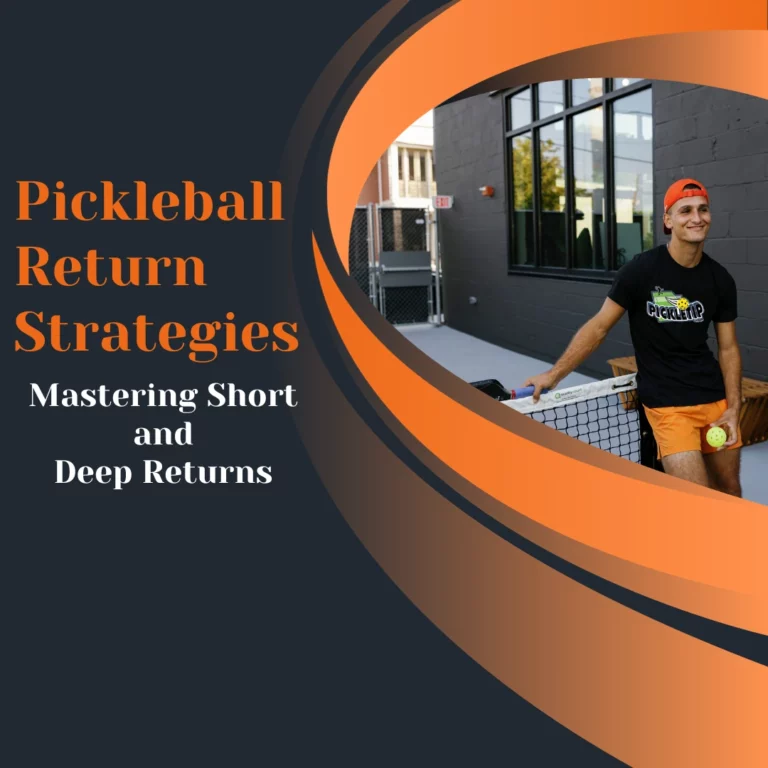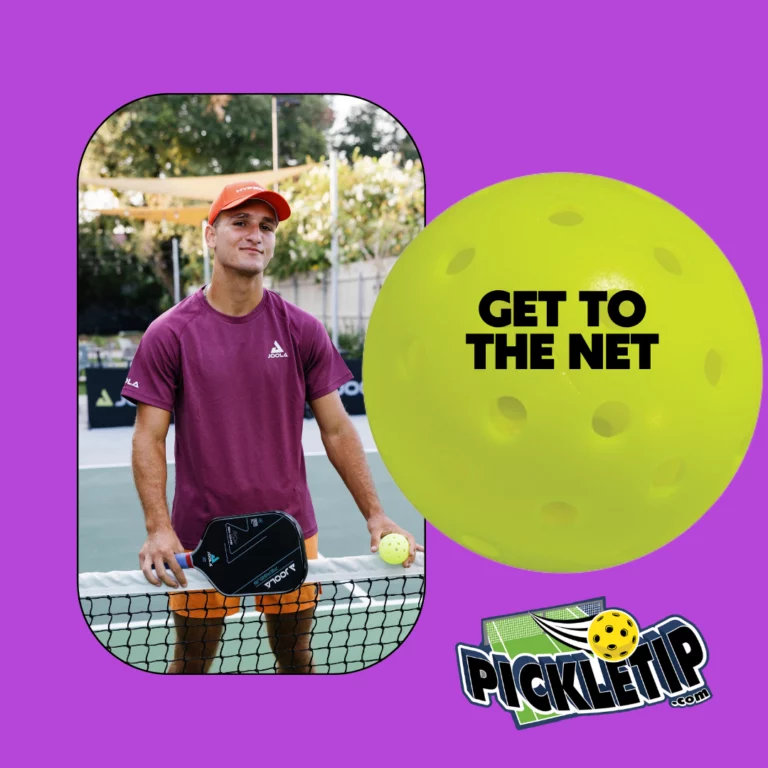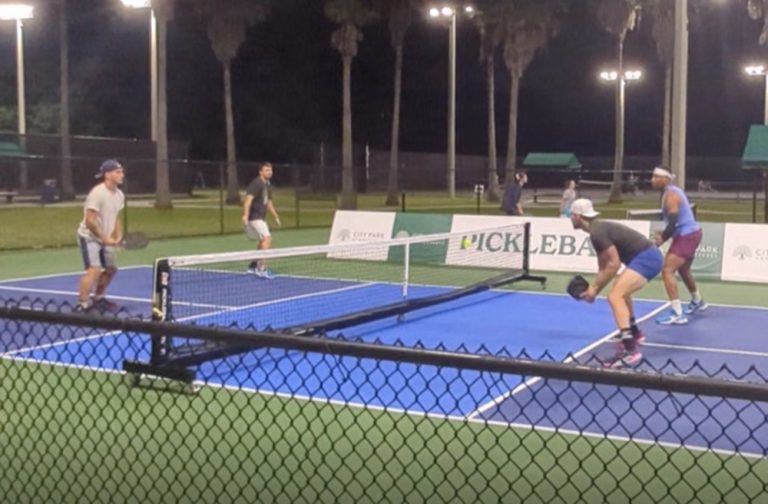Pickleball Poaching: A Strategic Play or a Faux-Pas?
Understanding Pickleball Poaching
During an intermediate pickleball game, a spectator’s reprimand rings out, “Poacher!” This is not a mere observation but a criticism aimed at a player crossing the court’s centre to put away a lofted dink, normally destined for his partner. In this scenario, the spectator considers poaching – the act of intercepting a ball aimed at your partner – a severe etiquette infraction, akin to ball hogging. But, is this truly the case? Let’s dive deeper into the practice of pickleball poaching and its implications on gameplay.
Why Poach in Pickleball?
Poaching in pickleball might be executed for various reasons:
- Your partner is at the back of the court, resulting in a potentially disadvantageous shot. Poaching allows you to strike while the ball is still high and in a favourable position.
- You believe you’re a superior player to your partner and can make a better shot. By poaching, you’re theoretically enhancing your team’s chances by taking the lead in hitting the ball.
- You enjoy making contact with the ball and are willing to vacate your side of the court to fulfil this desire, regardless of the outcome or your partner’s sentiments.
Is Pickleball Poaching a Faux-Pas?
The question of whether poaching in pickleball is a faux-pas cannot be answered definitively. Context is paramount. In a competitive match with the goal of winning, poaching for reasons one and two can be justified. In such a scenario, personal ego should be secondary to the team’s success. If the poach is effective or has a fair chance of success, it’s smart play.
However, in a friendly, recreational match, the dynamics change. For most people, the fun of pickleball lies in hitting the ball. Poaching steals your partner’s chance to hit the ball, and by extension, some of their fun. Therefore, in a casual setting, the act of poaching might be seen as a fun stealer rather than a strategic move.
How to Navigate Pickleball Poaching?
To navigate the waters of pickleball poaching, it’s essential to consider the following:
- Err on the side of caution. Until you know otherwise, assume your partner cares more about being part of the game than winning. Restrain from poaching unless necessary.
- Communicate with your partner. Discuss how to handle balls that either of you could reach. Their response might surprise you!
- Encourage your partner to go for balls if they’re in a position to put them away – even if they’re on your side of the court. This demonstrates your team spirit and might change the spectator’s “POACHER!” to a congratulatory “Nice poach!”
Questions and Answers
What is pickleball poaching?
Poaching in pickleball refers to crossing over the centre of the court to hit a ball that is otherwise destined for your partner.
When is pickleball poaching justified?
In a competitive match where winning is the primary objective, poaching could be seen as a valid strategy, especially if it’s done to enhance the team’s chances of winning.
Is poaching considered a faux-pas in friendly matches?
In friendly, recreational matches, poaching might be considered a faux-pas as it can detract from the fun of the game for your partner.
How can we manage poaching in a game?
Good communication with your partner, understanding their preferences, and displaying team spirit can help manage poaching in a game effectively.
Poach When Needed
While pickleball poaching can be seen as an etiquette breach in certain contexts, its acceptance is subjective and largely dependent on the match type and players involved. To foster a harmonious play environment, respect, communication, and team spirit are crucial. So next time before you poach, think, communicate, and then make your move!







